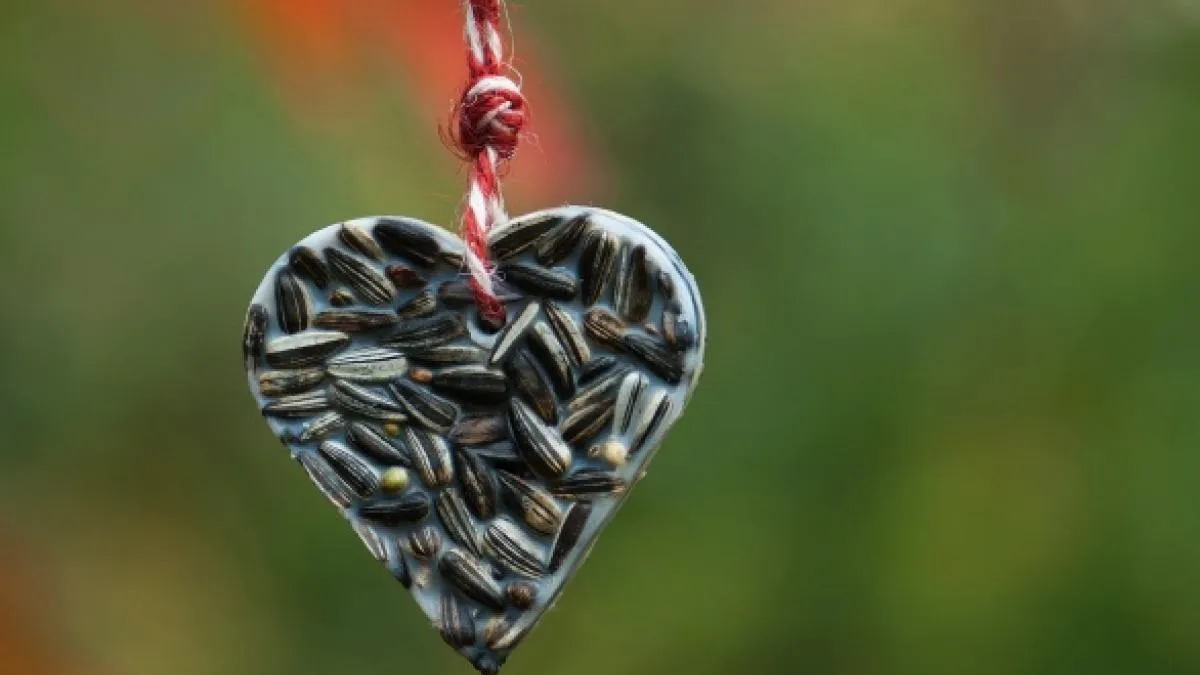Providing natural food for garden birds, in addition to keeping bird feeders well topped up, can make a huge difference to birds’ survival in the winter weather ahead.
Our wildlife guide explains how to attract birds to your garden in autumn and winter, plus easy crafts to make.
Clean and stock up feeders
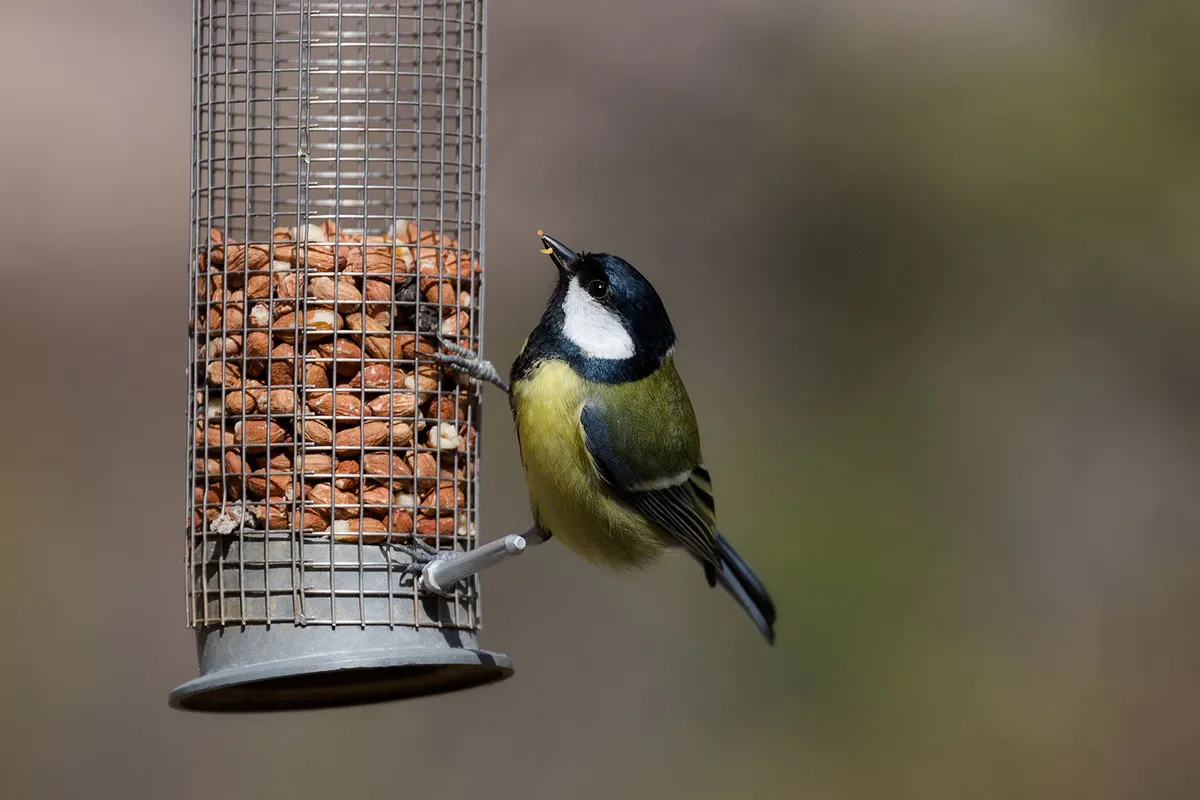
Since bird flu wiped out vast populations of birds, it's never been more important to clean and sterilise your bird feeders. When the weather begins to turn cold, clean your feeder before restocking it. Use rubber gloves, and a dedicated brush, and sterilise by soaking in a sterilising liquid such as Milton, following the instructions on the packet, before allowing to dry. Make sure it is completely dry before use.
Refill feeders with a mix of high-quality bird food, including seeds, fat and mealworms to help provide birds with energy during the colder months.
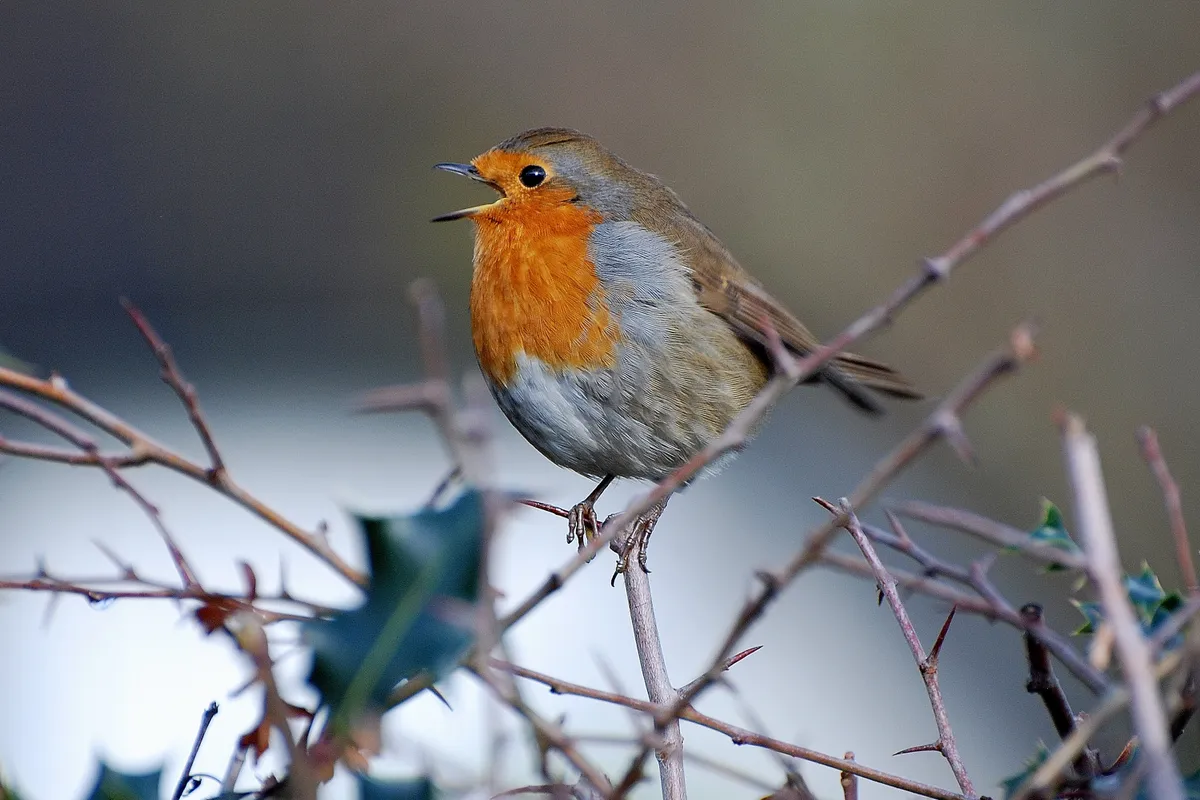
Sow green manures
Sow ‘green manures’, such as scorpion weed (Phacelia Tanacetifolia), buckwheat (Fagopyrum esculentum) or red clover (Trifolium pratense), into soils. These fast-germinating plants smother weeds as well as improving the soil, which will benefit your garden and the visiting wildlife. If you plant them in time for them to flower, it will successfully feed bees and other pollinators with their nectar, and the later seeds will also provide birds with food during the “hungry gap” in late winter.
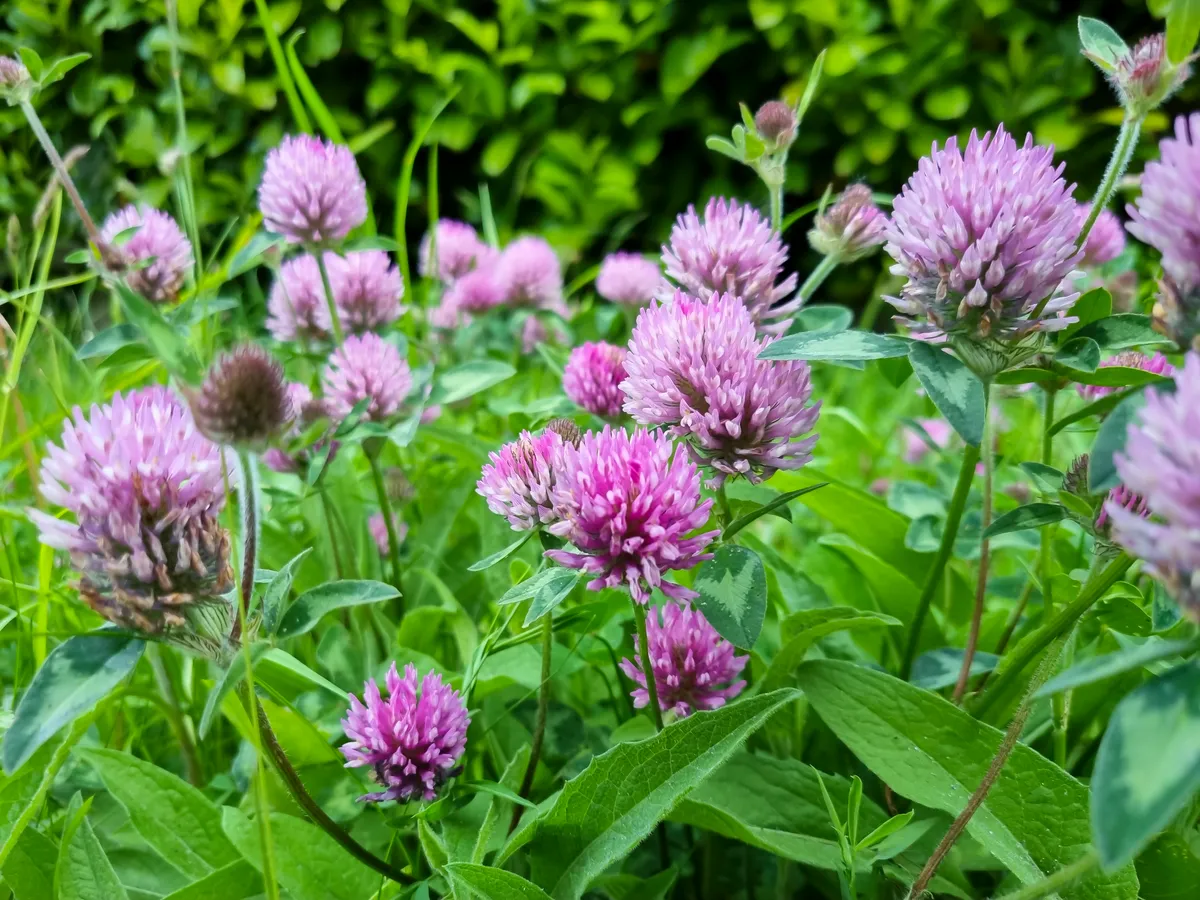
Additionally, autumn is a fantastic time to plant bulbs that will flower in time to feed the very first emerging pollinators in the spring. Check out our guide to spring bulbs to plant in autumn for bees and butterflies.
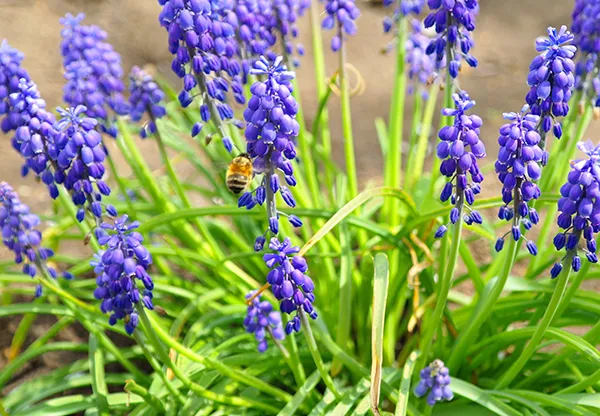
Create a wildflower patch
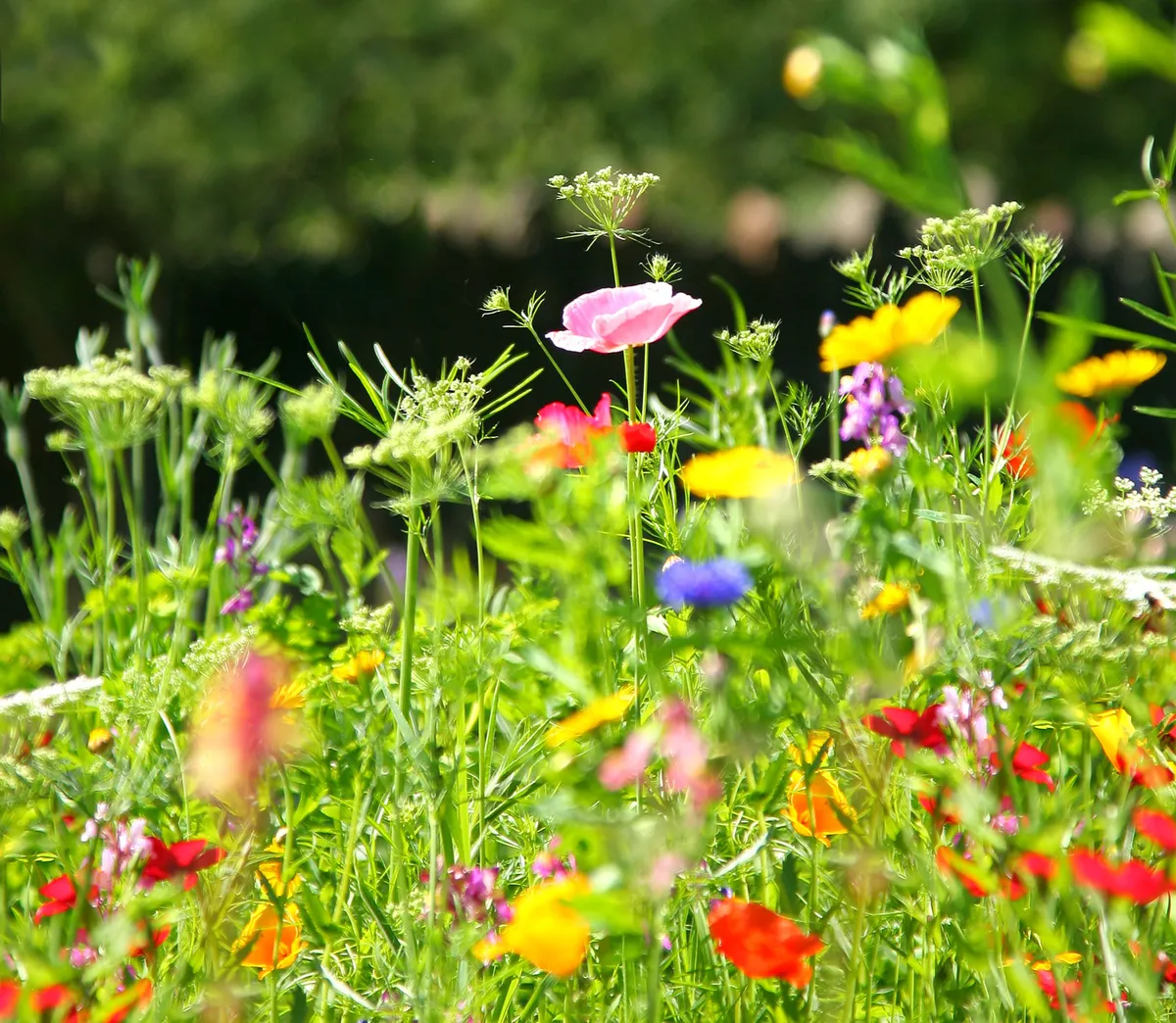
Wildflower meadows can also be sown now, ready for the next spring. These can include plants like bird’s foot trefoil, field scabious, ox-eye daisy and red clover. These meadows will feed insects, which in turn will feed garden birds.
Separate perennial flowers
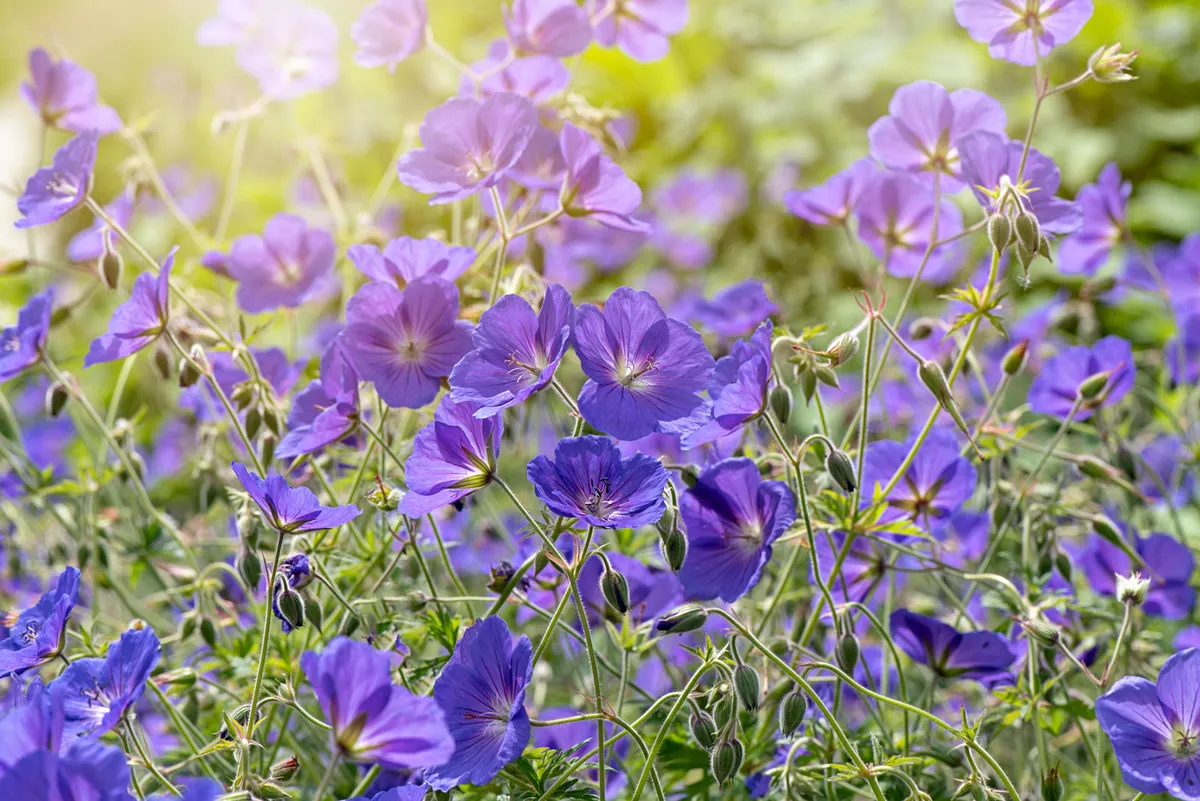
After flowering, it is useful to divide up the perennials such as hardy geraniums, heleniums, phlox and primulas. By spreading them out or giving them to friends and family, this creates new feeding places for nature.
Leave seedheads on your plants
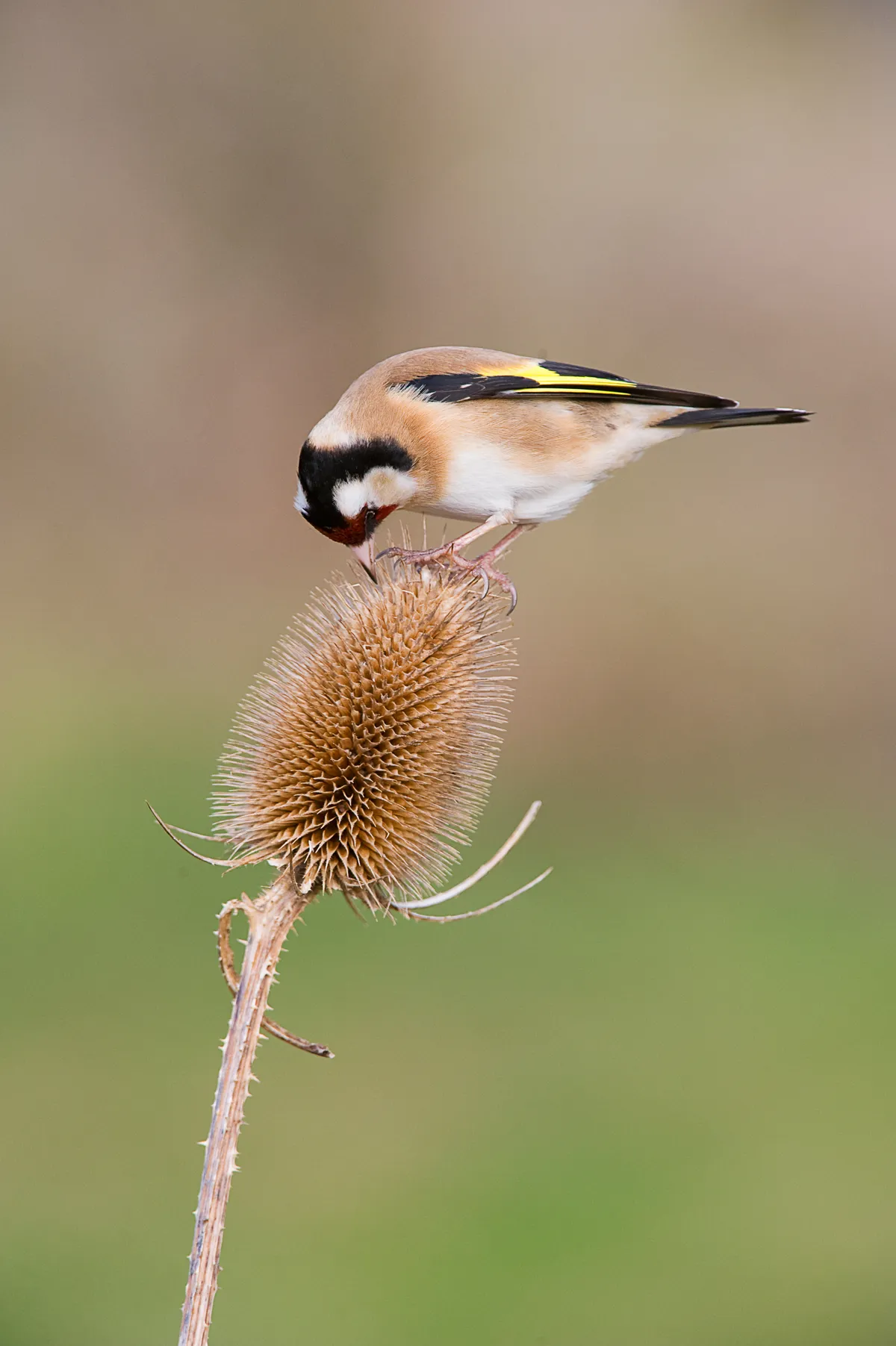
By leaving seedheads to form rather than deadheading, this will feed birds and other wildlife during the autumn and winter months. After the birds return to your garden once the weather grows colder, this harvest will hugely benefit them.
Create a pond or birdbath
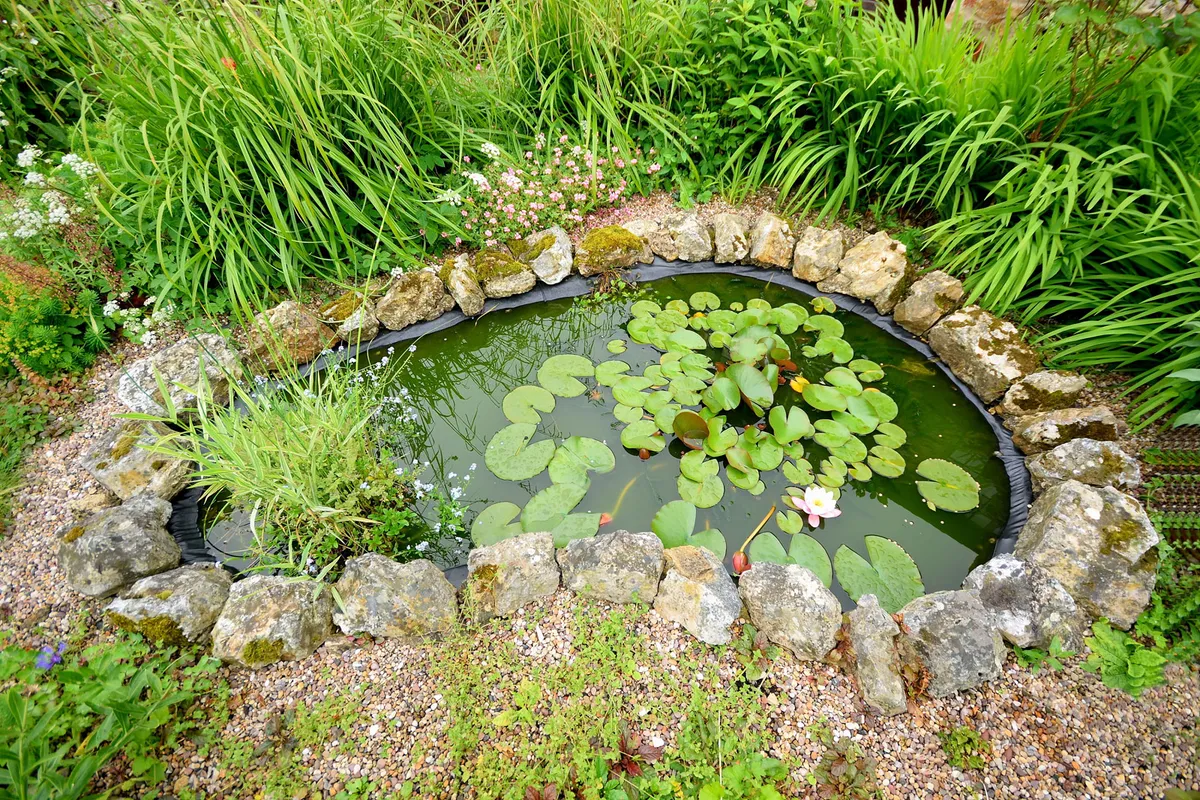
As well as planting, the more practical jobs can be completed to prepare fro autumn or winter. Birds use ponds/birdbaths for drinking and bathing throughout the year, and a wealth of other wildlife will also benefit. This does not have to be a massive project, as an upturned dustbin lid or old washing up bowl is just as useful.
Clean nest boxes
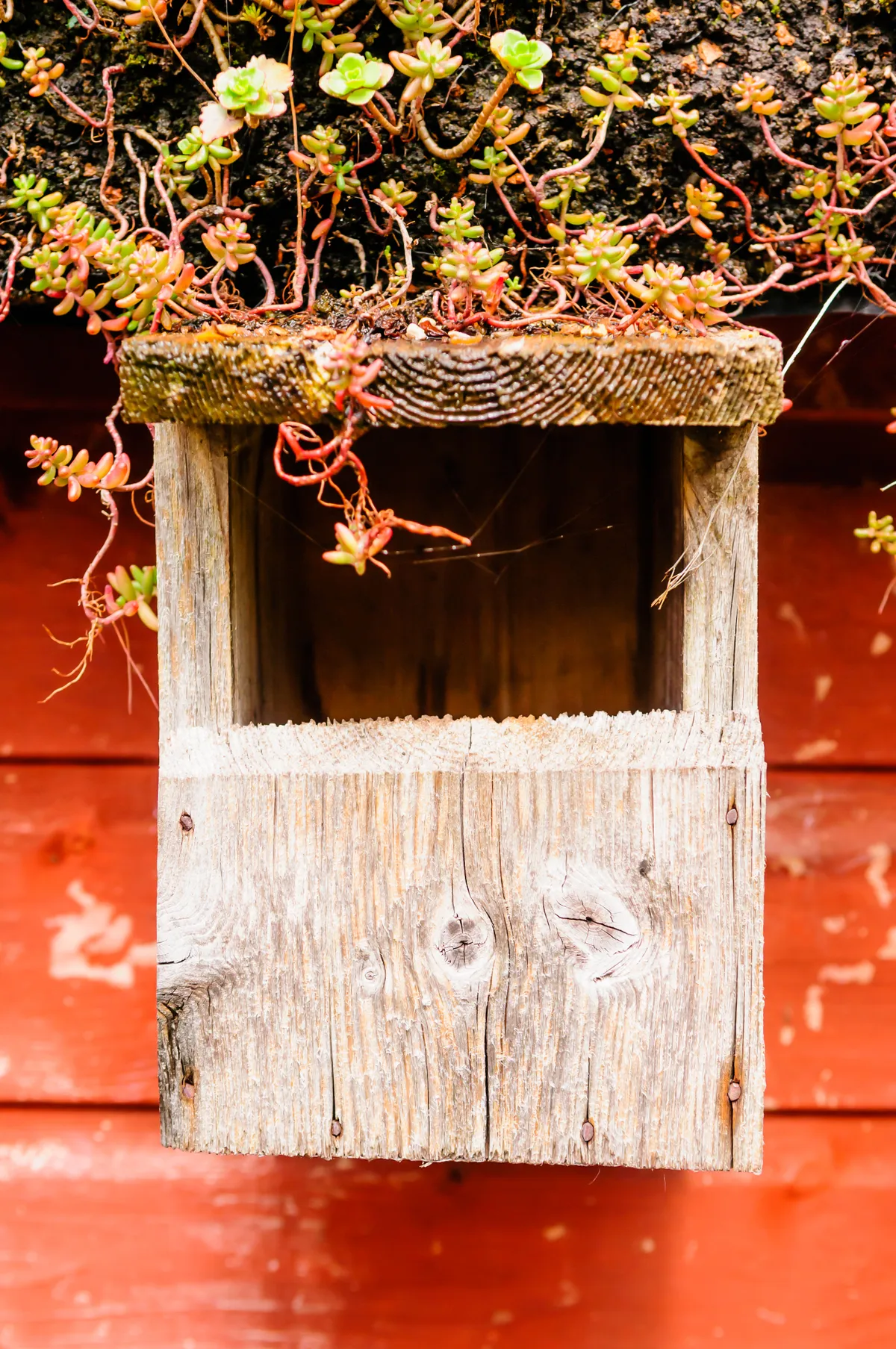
When the breeding season is over, towards the end of September, it is very important to clean out the nest boxes in your garden. – particularly in the wake of bird flu. Place the contents in your compost heap and use boiling water to clean out any parasites. After the box has dried out, replace the lid and hang it back up. Wrens and other small birds may use the box to keep warm during the winter. Remember to keep cleaning your bird feeders regularly.
Wildlife-friendly craft projects
Make a log bird feeder
On your next trip outside, keep an eye out for a nice sturdy log. With a few quick drills and screws, the old tree part can become the feeding platform for garden birds. It’s the perfect project for getting you outside using your hands, with the added value of offering support for local wildlife.
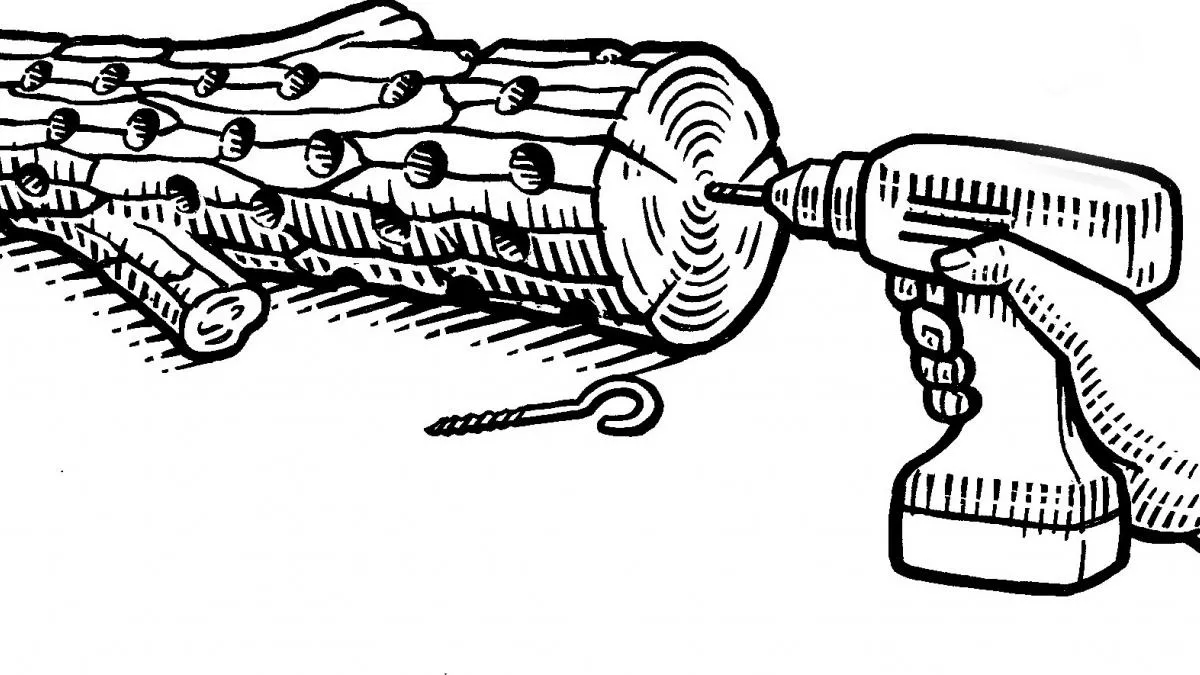
How to make fat balls for your garden birds
Most of us have kitchen staples that are also loved by birds - find out how to use yours up and make fat balls for your garden birds.
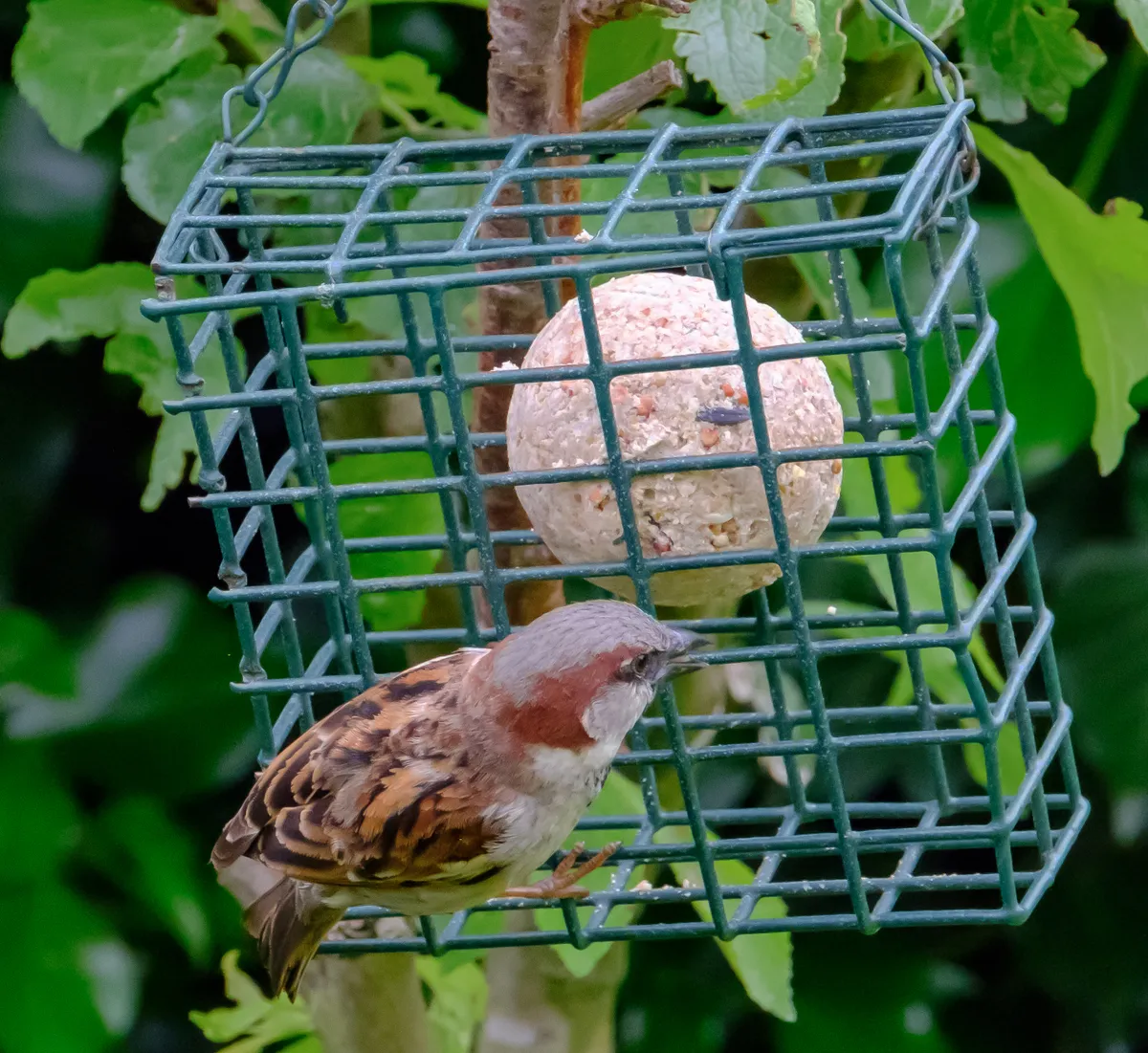
Make birdseed ornaments
For those who love watching garden birds, these inexpensive feeders will be a joy to hang around the garden. They're simple and fun to make and the birds love them.
